THE ALBERTA TEACHERS’ GUIDE TO BACK TO SCHOOL 2022/2023
Keep calm and school on!
Back-to-school is a busy time of year for parents, students and educators alike. While parents and students are out shopping for school supplies and the latest styles, educators are busy creating lesson plans and a healthy learning environment.
Since 2001, Ever Active Schools has been supporting educators to feel confident in their practice and helping school communities to be hubs of well-being. This year is no different! Read on for our top five tips for sailing through the 2022/2023 back-to-school storm to find calmer waters.
1. Prepare for the new Alberta K-6 Physical Education and Wellness Curriculum
No doubt you’ve been studying the new Alberta K-6 Physical Education and Wellness Curriculum since its release trying to perfect your approach to this year. Our team has been hard at work making connections to resources that can help! We are big fans of cross-curricular teaching and learning, so we’ve selected resources that can support the competency progression of Personal Growth and Well-being in all subject areas, including the new Math and ELA (K-3) curricula. Check out our top curriculum support picks, including professional learning opportunities and classroom resources for each organizing idea of the curriculum.
2. Set your intentions for the year
You’re already setting a professional growth plan for the year – but what are your personal goals? Write them down and be intentional about your plans to achieve them. Make time now before your calendar fills up to work towards them. You’ve likely taught your students about SMART goals at some point – now set some for yourself! Some examples below:
- Walk at least 15 minutes a day, five times a week for the whole year.
- Try something new at least once per month for the whole year (suggestions: cooking class, new hobby, new physical activity, volunteering)
- Set aside 2 hours of “you” time per week to focus on your needs
3. Create a physical space that will help facilitate active learning
We know that there is a strong connection between being active and effectively learning. Activity permissive learning environments are a great way to help set your students up for academic success and mitigate some challenging behaviours. Talk to your administrators or district leaders about setting up activity permissive learning environments in your classroom or school.
- Don’t Walk in the Hallway floor decals provide a fun opportunity for students to get some extra steps in, either in or outside of class.
- If you’re not able to rearrange your classroom or add active elements, use simple prompts like voting with your feet (answering a question by moving to different corners of the room) or taking your class outside.
- Check out this episode of The Podclass with Chris Fenlon-MacDonald on Activity Permissive Learning Environments for more ideas on incorporating movement with learning: Spotify | Apple Podcasts
4. Be mindful of language and practices that foster a sense of belonging for all students
Ask for and use your participant’s pronouns, and consider how your language might affect your students. Microaggressions can be unintentional but they still have impact. By avoiding stereotypes (negative and positive), you can celebrate each student individually! These resources can help you build an inclusive space where each student feels welcome:
- All About Me Worksheets allow children and youth to communicate their preferences, strengths and goals to teachers, principals, program leaders and other trusted adults. Download this free sheet to use as-is, or use it as a guide to create your own.
- The free Gender-based Analysis Plus course explores how various identity and social factors can influence how different people experience the world. While this course is intended for federal government initiatives, it is more broadly relevant (our whole team has taken it!)
- Learn how to create a meaningful land acknowledgement with tips from our team through this blog post.
5. Set healthy boundaries to create attainable work/life balance
Remember, you can’t show up as your best teacher-self if you are burnt out! Before you reach the point of overwhelm, check in at ‘whelmed’ (thanks Erica Thompson from the Beaufort Delta Education Council for this great nugget of advice!) Here are some ideas to keep your work/life balance in check.
- Schedule tests and assignments in such a way that they don’t overlap as much as possible to keep your marking at a manageable level.
- Set up systems and social supports for your well-being, including regular conversations with your administrators about how you are handling your workload and the avenues available to support you. At EAS, we use the Five Conversations Framework to check in with our team on an ongoing basis, but your check ins don’t need to be so formal if that’s not what’s best for you.
- Utilize the resources that are available to you – whether they’re pre-made lesson plans or assignments or just games and activities, they’ll help ease the workload. EAS has a ton of classroom activities and other supports available on our store, and many are free or low-cost.
- If you’re taking the lead on any extra-curricular activities, prioritize the ones that fill your cup. If sports aren’t your jam, let someone else coach the basketball team this year and give choir a try.
- Listen to this episode of The Podclass titled Intentionally Creating Work-Life Balance with Lisa Bush: Spotify | Apple Podcasts
- Block/book downtime well in advance during your busy seasons – why not book that time now before your calendar fills up?
We hope that these five tips not only help you find a successful start, but a healthy and well 2022/2023 school year.


